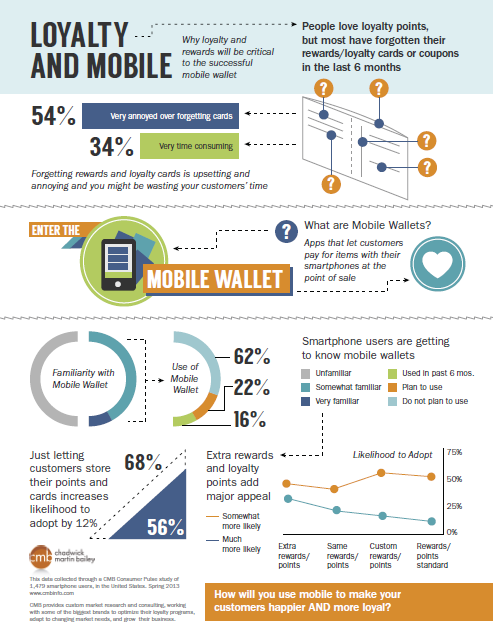 How many times have you looked at all of the to-do’s you’ve crossed off your list during any given week and wondered, “What do I actually have to show for it?” The fact of the matter is that the work day is a constant struggle to separate out the important from the urgent and from the importantly urgent so that we maximize our time on activities that are most likely to contribute to corporate metrics. We must be strategic about how we get through the day.
How many times have you looked at all of the to-do’s you’ve crossed off your list during any given week and wondered, “What do I actually have to show for it?” The fact of the matter is that the work day is a constant struggle to separate out the important from the urgent and from the importantly urgent so that we maximize our time on activities that are most likely to contribute to corporate metrics. We must be strategic about how we get through the day.
This same concept applies when growing a business. When it comes to growth strategies, most firms don’t suffer from a lack of ideas and paths to choose from. Conceptually, most business leaders understand that deciding what not to invest in is just as important as deciding what business opportunities to pursue. Yet many companies still find themselves stretched in many directions, with various product lines, strategies and consumer segments. Budgets, time and employee energy are spread across too many initiatives, many of which are low ROI activities
It’s hard to say “no” when opportunity—in the form of a potential revenue stream—comes knocking. But the irony in finding growth is the ability to focus and say “no” even when it means turning down a potentially exciting or even lucrative business initiative. Without this focus, businesses can’t make sufficient investments in the most high-priority initiatives. Management struggles because they are doing everything at once. A company’s best people are spread across different projects and can’t execute efficiently. And, in some cases, even finding time to meet and move projects forward is stymied by overcommitted schedules.
A business leader must find the courage to make decisions and focus their people and their funds on the goals that are most likely to get them ahead of the competition.
How do you get to “no”? For starters:
-
Focus on one or a few key customer segments where your value proposition is most differentiated. Look at customer segments where you perform better than the competition and customers feel you truly—instead of marginally—meet their needs. This typically requires a robust market segmentation to guide your focus.
-
Focus on your business’ core capabilities and strengths, and commit to investing only in these capabilities. Many companies run into trouble when they move away from their core in search of more attractive opportunities. Cisco’s Flip phone was an attractive idea, but turns out the fickle world of consumer electronics was too far afield from the company’s core business.
-
Focus on balancing the needs of your customer today versus your customer of tomorrow. A tech company, for example, will want to devote more of their investments (20-30%) on future customer needs. On the other hand, more mature industries such as insurance will dedicate most of their budget to current customer profiles and any directly adjacent capabilities.
Saying yes to everything makes it harder to achieve anything. How effective is your company at getting to “no”?
Rachel Corn is a Director at South Street Strategy Group, she specializes in finding growth opportunities in new market segments, new products and businesses and innovative business models.
South Street Strategy Group, an independent sister company of Chadwick Martin Bailey, integrates the best of strategy consulting and marketing science to develop better growth and value delivery strategies.


 There’s much more to mobile health than tracking calories and reps, and what’s truly exciting is mobile’s capacity to revolutionize how we understand and manage our health. As Mark Curtis notes in
There’s much more to mobile health than tracking calories and reps, and what’s truly exciting is mobile’s capacity to revolutionize how we understand and manage our health. As Mark Curtis notes in 



 without stifling it?
without stifling it?